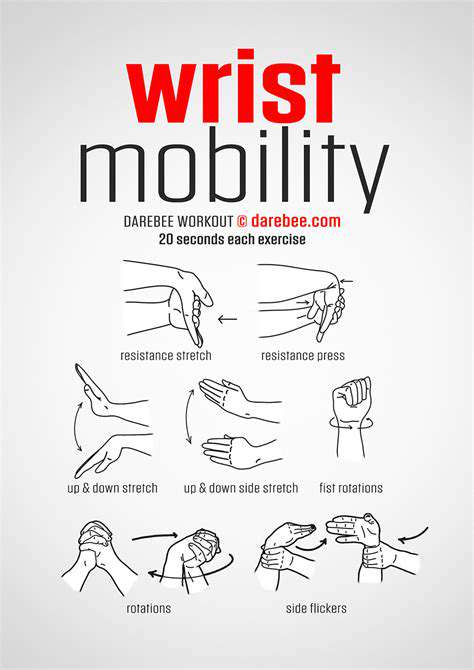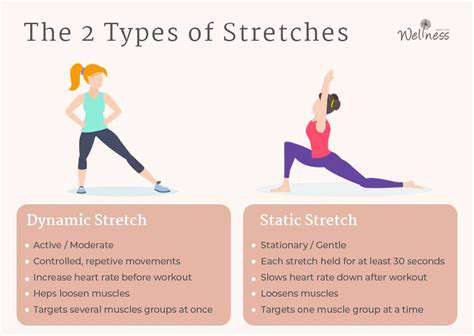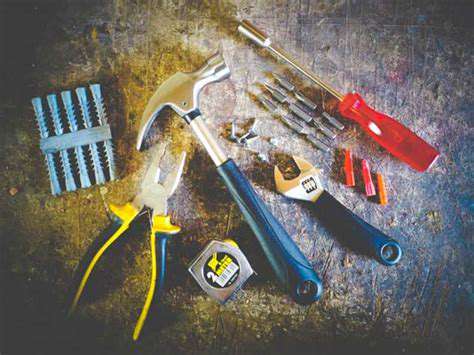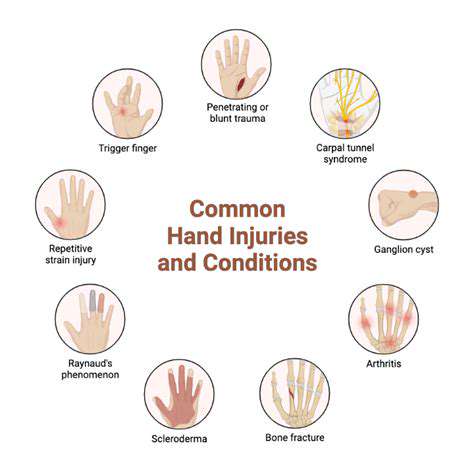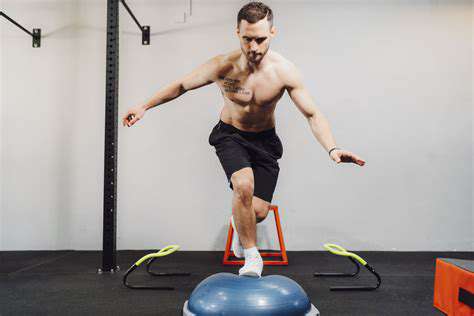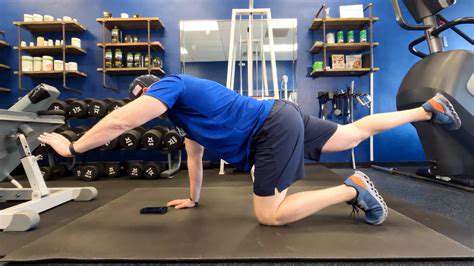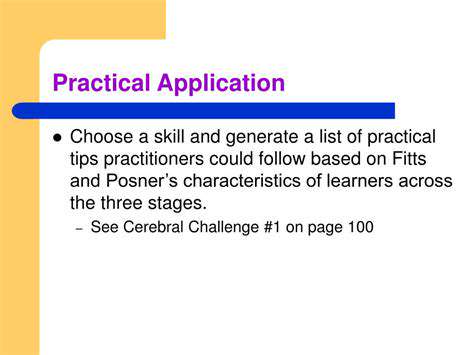Therapeutic Massage Techniques for Hand Pain Relief
Relieving Tendonitis and Arthritis with Specific Massage Approaches
Understanding Tendonitis and Arthritis
Tendonitis and arthritis, while distinct conditions, often share common ground in terms of pain and limited mobility. Tendonitis, an inflammation of the tendons, typically results from overuse or repetitive strain, leading to pain and tenderness around the affected area. Arthritis, encompassing a range of conditions, involves inflammation of the joints, causing pain, stiffness, and reduced range of motion. Understanding the underlying mechanics of these issues is crucial for developing a targeted massage approach.
Identifying the Affected Area
Accurate identification of the affected tendon or joint is paramount to effective massage therapy. Careful palpation and assessment by a qualified massage therapist can pinpoint the source of the pain and inflammation. This includes determining the specific tendon or joint involved, the degree of inflammation, and the surrounding tissue condition. Precise localization is essential to avoid aggravating the issue and to target the massage techniques accordingly.
Gentle and Gradual Pressure Techniques
Massage for tendonitis and arthritis must be gentle and gradual. Aggressive or forceful techniques can exacerbate the inflammation and pain. Utilizing light to moderate pressure, combined with slow, rhythmic strokes, can help reduce pain and promote relaxation. Applying heat before the massage can also increase the effectiveness of the treatment by increasing blood flow to the area.
Specific Massage Techniques for Tendons
For tendonitis, specific techniques like effleurage (long, gliding strokes) and petrissage (kneading and lifting of tissue) can be applied to the affected tendon. These techniques promote blood flow and reduce swelling. Circular motions can be used to improve the lymphatic drainage of the area, aiding in the removal of inflammatory byproducts. A qualified massage therapist will use these techniques carefully and with consideration for the individual's pain tolerance.
Addressing Joint Stiffness and Pain
Arthritis often leads to significant joint stiffness and pain. Massage techniques like cross-fiber friction can help to break up adhesions and improve joint mobility. Gentle range-of-motion exercises, guided and performed by the therapist, can be incorporated alongside the massage to further enhance flexibility and reduce pain. The goal is to gently restore the natural movement of the joint without causing further harm.
Using Heat and Cold Therapy Effectively
Integrating heat and cold therapy into the massage regimen can significantly enhance its effectiveness. Heat therapy can increase blood flow and reduce muscle tension, while cold therapy can help to reduce inflammation and swelling. The judicious use of heat and cold packs, applied before or after the massage, can create a more comprehensive approach to pain management.
The Importance of Professional Guidance
While massage can be a valuable tool in managing tendonitis and arthritis, it's crucial to seek professional guidance from a qualified massage therapist. They can assess the specific needs of each individual, tailor the massage techniques, and ensure the safety and effectiveness of the treatment. They can also provide personalized recommendations for home care and exercises to complement the massage therapy sessions.



